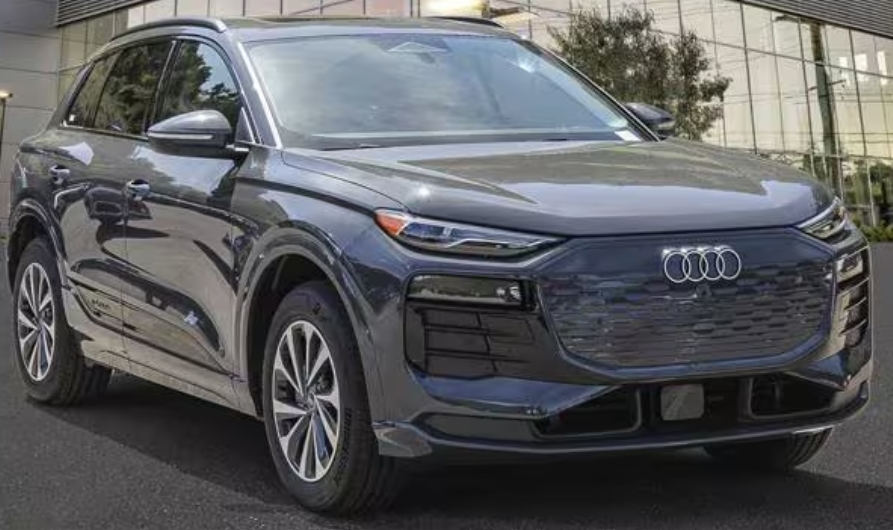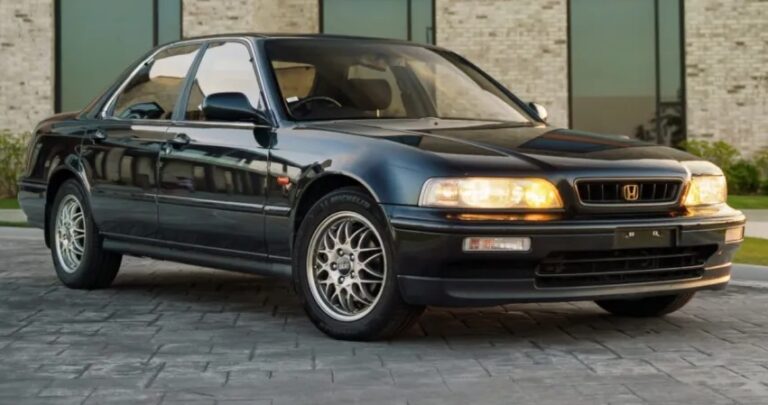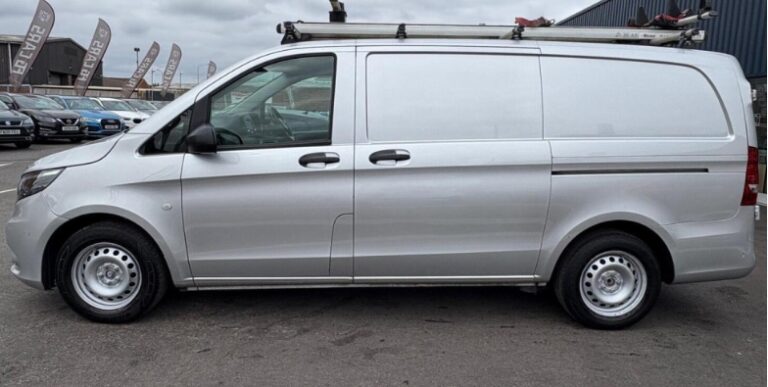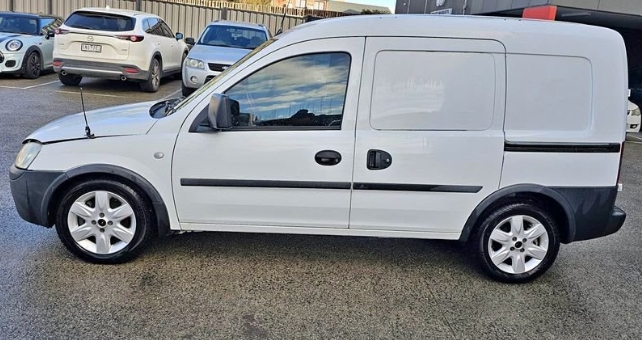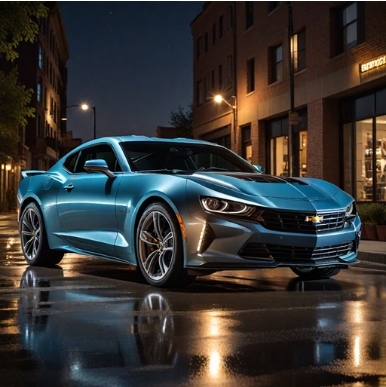The Evolution of the Audi Q6 & Q7
Audi, the renowned German luxury automotive brand, has long been celebrated for its innovative engineering, refined design, and technological advancements. Among its lineup, the Q series SUVs have gained significant prominence, with the Q7 establishing itself as a flagship luxury SUV and the Q6 emerging as a compact, versatile alternative. This article traces the evolution of the Audi Q6 and Q7, detailing their production timelines, models, trim levels, and technological advancements from inception to the latest models.
The Audi Q7: The Pioneer Luxury SUV
First Generation (4L; 2005–2015)
Introduction and Development
The Audi Q7 was introduced in 2005 as part of Audi’s expansion into the luxury SUV segment, competing with the BMW X5, Mercedes-Benz GLE, and Range Rover Sport. Built on the Volkswagen Group’s PL71 platform, the Q7 was designed to combine luxury, performance, and practicality.
Model Years and Trims
- 2005–2009 (First Generation 4L) The first-generation Q7 launched with multiple trim levels, focusing on luxury and performance.
- Premium: Standard features included leather upholstery, bi-xenon headlights, and Audi’s quattro all-wheel drive.
- Premium Plus: Added features like parking sensors, navigation system, and upgraded audio.
- S Line: A sportier variant with enhanced suspension, sportier exterior styling, and interior trims.
Powertrain Options
Initially, engine options included:
- 3.6-liter V6 FSI gasoline engine (280 hp)
- 4.2-liter V8 FSI gasoline engine (340 hp)
- 3.0-liter V6 TDI diesel engine (225 hp)
- 3.0-liter V6 TDI with twin-turbo (240 hp)
In 2008, a 4.2-liter V8 TDI diesel engine (326 hp) was added for markets with diesel preference.
Notable Features
- Quattro all-wheel drive
- Adaptive air suspension
- Optional third-row seating for seven passengers
- MMI (Multi Media Interface) infotainment system
Facelift and Updates (2009–2015)
- 2009 facelift included minor styling updates, new LED daytime running lights, and improvements to interior quality.
- Technology upgrades featured more advanced MMI systems, optional rear-seat entertainment, and driver assistance features like adaptive cruise control.
Second Generation (Type 4M; 2015–2023)
Introduction
The second-generation Q7 debuted in 2015, built on the Volkswagen Group’s MLB platform, emphasizing weight reduction, increased technology, and comfort.
Models and Trim Levels
- Premium: Basic luxury features, leather seating, MMI interface.
- Premium Plus: Enhanced tech, upgraded audio, larger display screens.
- Prestige: Top-tier features including advanced driver-assistance, premium audio, and luxury interior options.
Powertrain Options
- 3.0-liter V6 TFSI gasoline (333 hp)
- 3.0-liter V6 TDI diesel (286 hp)
- Plug-in hybrid variant: Q7 e-tron (373 hp combined power), introduced in 2016
- High-performance SQ7 (2017), featuring a 4.0-liter V8 TDI with over 435 hp
Notable Features and Innovations
- Virtual cockpit digital instrumentation
- Advanced driver-assistance systems (adaptive cruise, lane assist)
- MMI touch response system
- Three-row seating with optional configurations for five or seven seats
- Quattro all-wheel drive with sport differential (on SQ7)
Special Editions
- Q7 Black Edition: Black styling accents, exclusive interior trims
- Q7 Limited Edition: Unique paint and interior options
The Audi Q6: The Compact Luxury SUV
Introduction and Context
While the Q7 became Audi’s flagship luxury SUV, the Q6 was conceived as a more compact, efficient alternative targeting urban markets and younger buyers. Initially rumored in the late 2010s, the Q6 officially entered production with the third-generation models.
Development and Launch
- First Generation (C-BEV platform; 2022–present)
The Q6 was introduced as part of Audi’s expanded SUV lineup, built on the new PPE (Premium Platform Electric) for electrified models, emphasizing sustainability and advanced technology.
Model Years and Variants
- 2022–Present (First Generation)
Trim Levels and Models
- Q6 55: Standard trim with 400+ horsepower electric powertrain, quattro all-wheel drive, and luxury features.
- Q6 55 Sport: Sportier styling, upgraded interior materials.
- Q6 e-tron (market-specific naming): Fully electric, with advanced battery technology and fast-charging capabilities.
Powertrain and Technology
- Fully electric powertrains with dual motors, delivering over 400 hp
- Range of approximately 300 miles (EPA estimates)
- Fast-charging capability (up to 150 kW)
- Advanced driver-assistance systems, including autonomous driving features
- Virtual cockpit and MMI infotainment system adapted for electric models
Future Outlook
Audi announced plans to expand the Q6 lineup, possibly including versions with hybrid powertrains and further technological enhancements, emphasizing sustainability.
.
RepairSurge Online Repair Manuals Replace Bulky Books With Reliable Digital Information!
Faster And Cheaper Than Traditional Printed Manuals, Users Get Instant Access To The Repair Information They Need For Any Car, Truck, Van or SUV:
.
Comparative Analysis: Evolution Over the Years
Design Language and Aesthetics
- The first-generation Q7 featured a more traditional SUV silhouette with a boxy shape and conservative styling.
- The second-generation Q7 adopted a more modern, sleek design with sharper lines, slimmer headlights, and a more aerodynamic profile.
- The Q6, as an electric vehicle, emphasizes aerodynamic efficiency with a lower stance, flush door handles, and futuristic styling cues.
Technological Advancements
- Early Q7s introduced Audi’s MMI infotainment and quattro all-wheel drive.
- Over time, the Q7 integrated semi-autonomous driving aids, digital instrument clusters, and advanced safety features.
- The Q6, being electric, integrates cutting-edge battery technology, fast charging, and autonomous capabilities not present in earlier models.
Market Positioning
- The Q7 has remained a flagship luxury SUV, competing in the full-size premium segment.
- The Q6 targets a more urban, younger demographic seeking compact luxury with sustainability, representing Audi’s transition toward electrification.
Conclusion
The evolution of the Audi Q7 and Q6 reflects broader trends in the automotive industry: a shift toward electrification, increased technological integration, and evolving consumer preferences. The Q7, since its debut in 2005, has grown into a symbol of luxury and innovation, continually updated to meet modern standards. Conversely, the Q6 exemplifies Audi’s strategic move into the electric SUV market, promising a future where performance, sustainability, and smart technology coexist.
As Audi continues to innovate, both models will likely see further enhancements, including more electrified variants, autonomous driving features, and increasingly sophisticated interiors. Their evolution demonstrates Audi’s commitment to maintaining its reputation as a leader in luxury automotive engineering.
